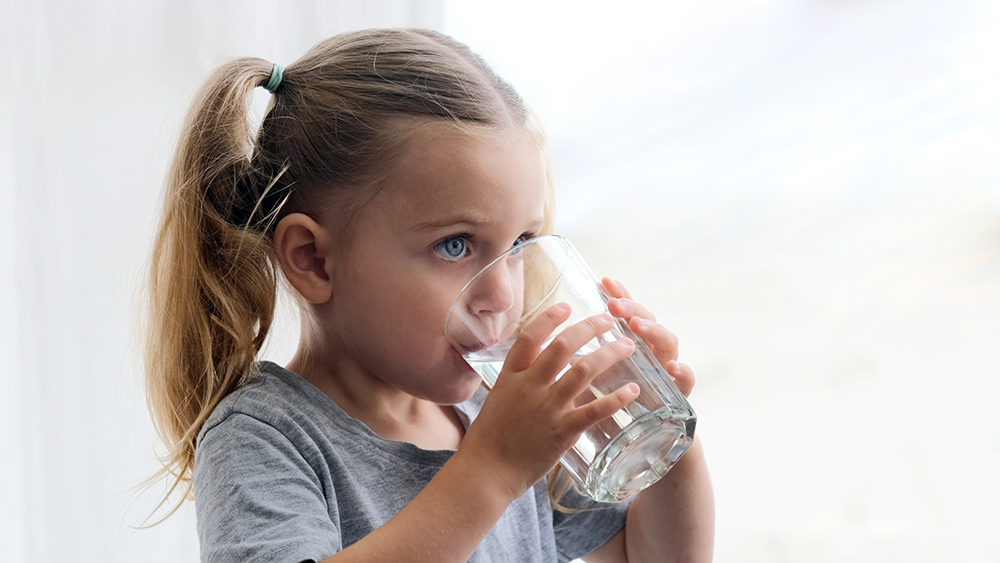Select Your Country/Region
Current Region:
 USA (EN)
USA (EN)
Choose a different country or region to see the content specific to your location
Chlorine is a powerful disinfectant widely used in drinking water treatment systems to ensure safe water for consumption. It works by killing bacteria, viruses, and other harmful microorganisms present in the water.
The key to its effectiveness is free chlorine. This reactive form of chlorine attacks and destroys germs. It does this through a chemical process called oxidation.
When chlorine is added to water, it creates chlorine-based disinfectants. These include hypochlorous acid (HOCl) and hypochlorite ions (OCl⁻). These compounds disrupt the cell walls of microorganisms, denature proteins, and damage DNA, effectively neutralizing harmful contaminants. However, for this process to work effectively, maintaining proper chlorine concentration and monitoring pH levels is crucial.
The relationship between chlorine and pH is important. This is because pH affects the balance of hypochlorous acid and hypochlorite ions in water.
At a neutral pH of about 7, there is more hypochlorous acid. This acid is 80 to 100 times better at killing germs than hypochlorite ions. If the pH gets too high, free chlorine works less well.
This is why it is important to keep proper chlorine levels and adjust pH. Doing this helps ensure the best disinfection.

In the United States, chlorine has been a cornerstone of public health for over a century. Over 290 million people, nearly 90% of the population, receive chlorinated water from public systems daily. Municipal water systems rely on chlorination to ensure safe drinking water, helping prevent outbreaks of waterborne diseases.
The World Health Organization (WHO) sets the chlorine concentration limit at 4 milligrams per liter (mg/L). This helps ensure safety and effectiveness. Chlorination has greatly lowered the number of diseases like cholera, typhoid, and dysentery. This has helped increase life expectancy by 40% since the early 1900s.
The availability of clean, regularly checked chlorinated water is one of the top 10 public health achievements in the United States.
To achieve safe and effective disinfection in water treatment systems, accurate dosing is critical. Dosatron chlorine dosing pumps are great for keeping a steady chlorine level. They work well in drinking water treatment and sanitation systems.
These pumps operate without electricity, relying on water flow to power the system, making them reliable and energy-efficient. They allow for precise mixing of liquid solutions with water, ensuring the right balance for effective disinfection.
Dosatron systems are easy to use and maintain. They can work under different flow rates and pressures. This makes them a flexible choice for various water treatment needs.
Dosatron is the only company with a selection of water-powered chemical dosing pumps that are NSF Certified. With flow rates of 14 GPM and 40 GPM, they are easy to use. You can adjust them for flexible dosage rates.